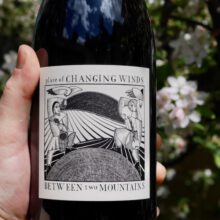
Product information
Place of Changing Winds ‘Between Two Mountains’ Pinot Noir 2023
$152
Description
Transparency with excellent shape and just a little grip. Transcendent perfume, rising over restrained fruit of significantly more length over the Mari Mango. Layered complex and quite delicious.
Paul Kaan, Win Decoded
“This is the only pinot noir from 2023 from POCW. About a third is whole bunch across all the clones and sites on the estate vineyard. The wine ends up in Stockinger barrels for 21 months. Serious approach. A very good wine. Very. Fine, tight, tense, succulent, dark cherry, sour cherry, fennel, blood orange, white pepper, game meat – a lot on, you could keep listing detail but the idea is this is complex, compelling, with everything woven beautifully together. Fruit feels bright and sweet yet just on the cusp, and so fresh, the persistence of all that superb – a touch overtly fruity for those who seek that. An elegance but with a kink of funk and interest. The x-factor we seek. And the personality of place. Stellar.” MB, 95 Points
“Quite brilliant… It’s beautifully aromatic. It’s so floral, it’s fresh. Black cherries, wild strawberries. Really, kind of a little bit of grainy detail as well. Some Asian spices. The mouth feel is beautiful. It’s elegant, it’s fresh, it’s purposeful. There’s a nice sort of linear quality to the fruit but it’s not at all heavy, it’s super elegant. And under that silky, elegant, refined fruit, there’s a bit of substance. There’s some spicy detail. There’s a bit of tannin. There’s good acidity. And this will, I think, age quite well, although it’s so delicious now it’s very hard to resist. Really beautiful wine.” Jamie Goode
Place of Changing Winds has produced only one Pinot Noir from 2023. As Rob explains it, the cool, late season meant the style and personality of the Beyond the Forest and High Density parcels fell a whisker short of receiving their own label, so he and Rémi simply created the best blend from the best ferments produced across the three-hectare POCW vineyard (and declassified whatever didn’t make the cut). This strict selection has resulted in a wonderfully perfumed, complex, finely structured Pinot—one of the most seductive this vineyard has produced. There is a core of sweet fruit that belies the cool, late season and speaks more to the low yields, but there is also plenty of Asian spice on the nose and palate, crystalline red fruit, high-toned florals (violet and rose) and a driven finish with plenty of fine structure for aging.
It is a gorgeous drink now if you give it plenty of air in a decanter, but it will certainly cellar well. Bottled in January 2025, whole bunches made up almost a third of the blend (bringing a lot of perfume and spice), and the wine spent 21 months maturing in a range of Stockinger casks (228, 500, 600 and 1,000 litres) and some Wineglobe glass fermenters, with only around 5% new oak.
Only 1 left in stock



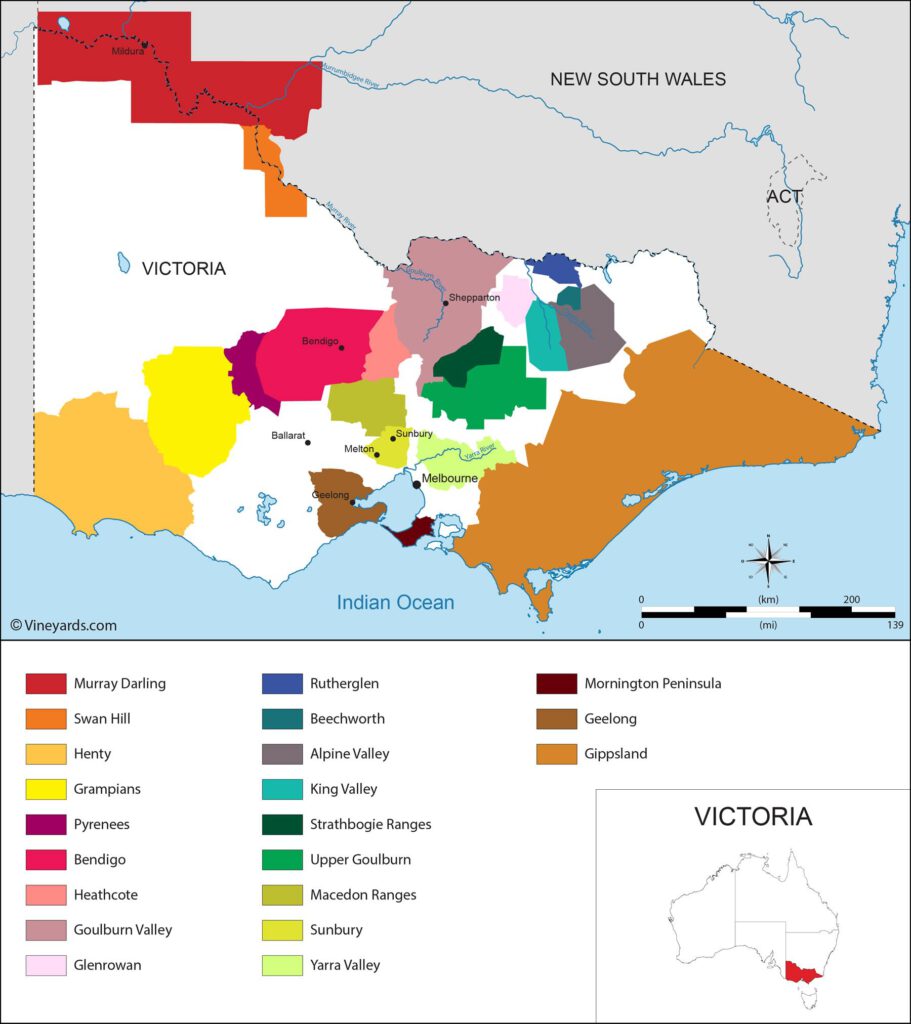
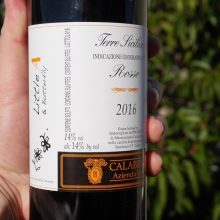
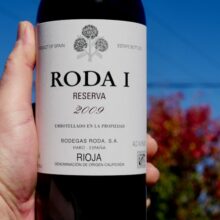

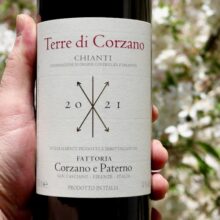
You must be logged in to post a comment.